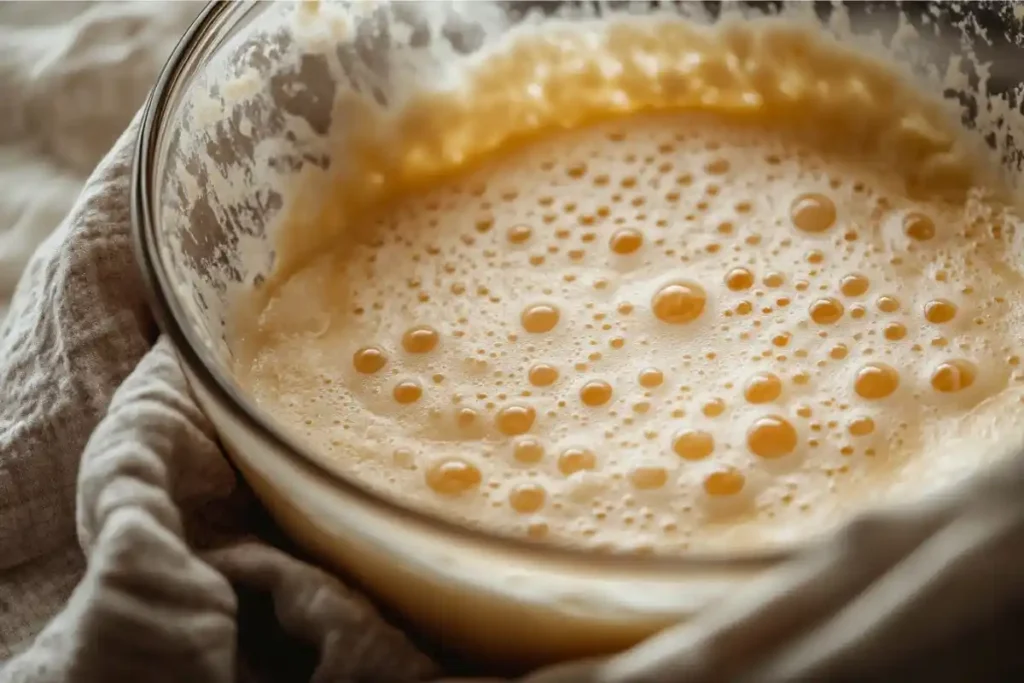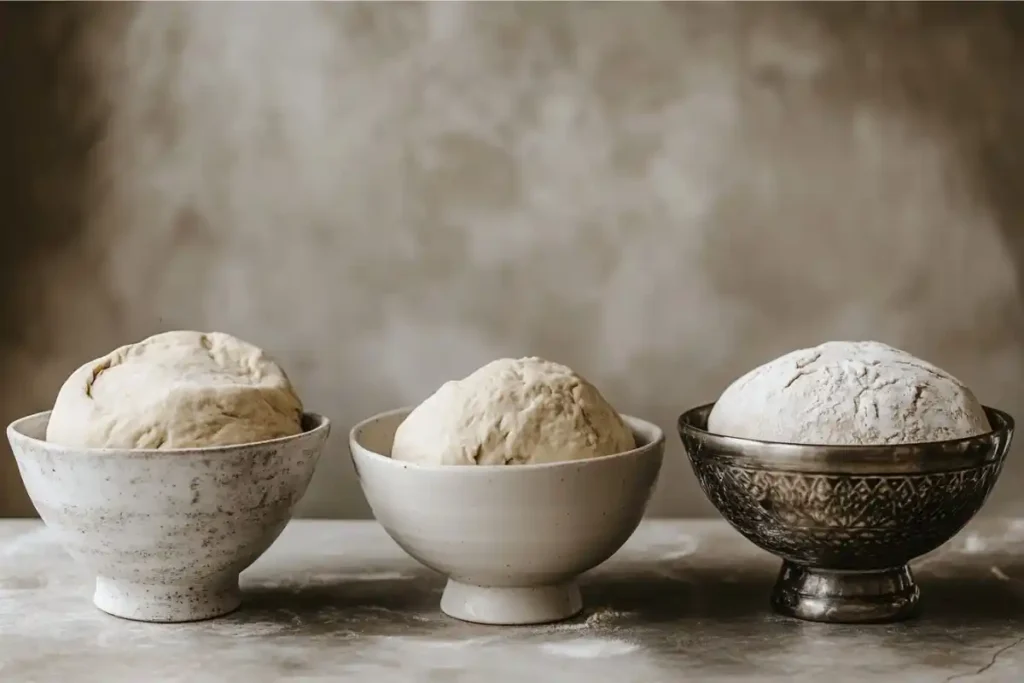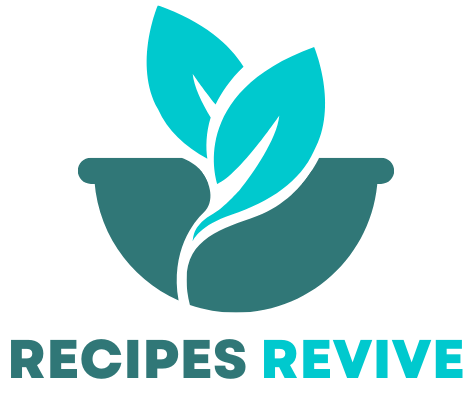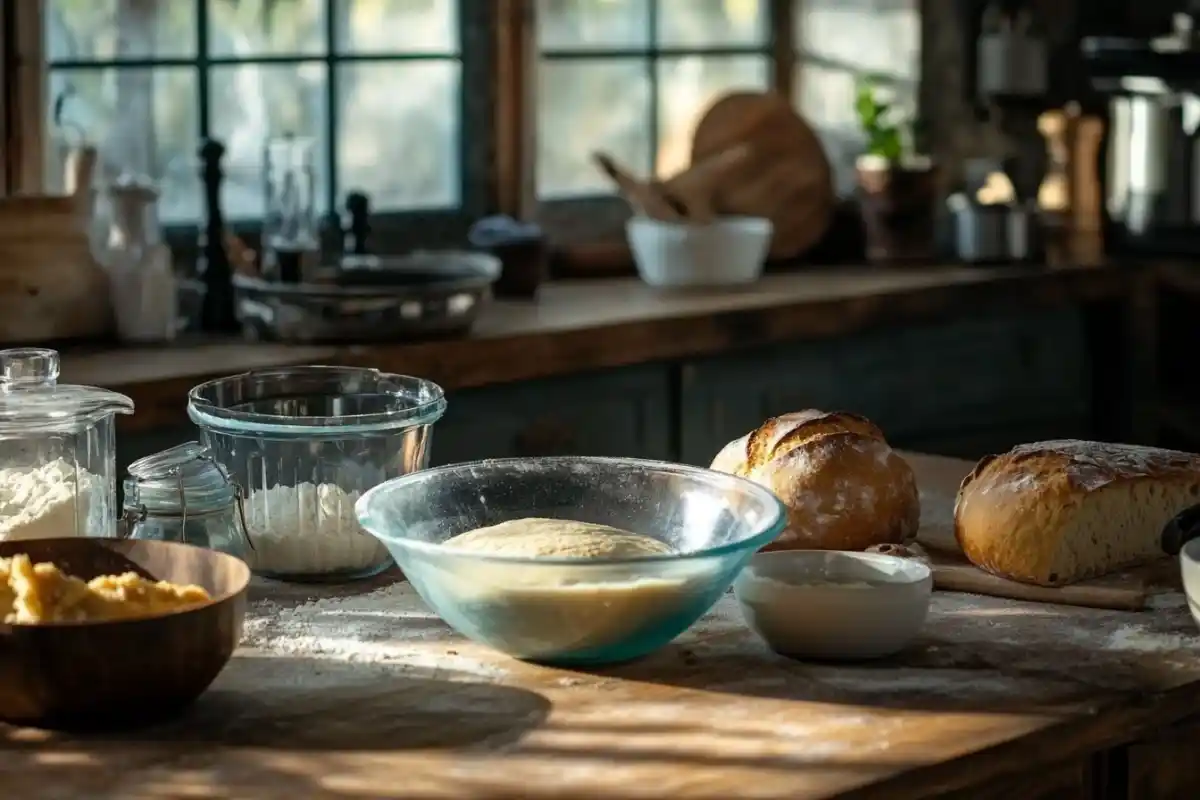Sourdough bread is a culinary art that requires precision and care, and every detail counts—even the bowl you use. What bowl is best for sourdough bread? This question is more important than it seems because the right bowl plays a pivotal role in achieving that perfect airy crumb and tangy flavor. The choice of bowl can influence how well your dough ferments and rises. Therefore, this article dives deep into the characteristics that make some bowls better than others for sourdough baking. From materials and sizes to top brands and maintenance, we’ll cover it all. So, let’s start by exploring the fundamentals of choosing a bowl for sourdough bread.
Introduction to Choosing the Right Bowl for Sourdough Bread
The Importance of the Right Bowl in Sourdough Bread Making
Sourdough bread isn’t just about mixing flour and water. The fermentation process is where the magic happens, and the right bowl can greatly impact this stage. Bowls that retain warmth help sourdough rise better, while those that are too shallow or poorly insulated might hinder the process. That’s why choosing a suitable bowl ensures your dough has the ideal environment for growth and fermentation.
Overview of How Different Bowls Impact Sourdough Fermentation
Not all bowls are created equal, and each material—whether glass, ceramic, or stainless steel—brings something unique to the table. For example, glass bowls let you see the dough rise, making them perfect for beginners. Ceramic bowls retain heat exceptionally well, fostering an ideal fermentation environment. Meanwhile, stainless steel bowls are durable but may not retain heat as effectively. Choosing the right one depends on your needs. So, understanding what bowl is best for sourdough bread is essential for success.
Key Factors to Consider When Choosing a Bowl for Sourdough Bread

Material: Why the Material of the Bowl Matters
The material of your bowl plays a crucial role in the sourdough fermentation process. Some materials retain heat better, which is essential for yeast activity. Here’s a breakdown:
- Glass: Transparent bowls are perfect for beginners because you can see the dough rising. They’re also non-reactive, ensuring the flavor of your dough isn’t affected.
- Ceramic: These bowls excel in heat retention, creating a stable fermentation environment. Plus, they add a rustic charm to your kitchen.
- Stainless Steel: While highly durable and lightweight, stainless steel might not retain warmth as effectively as ceramic or glass. Ensure the bowl is food-grade and non-reactive.
- Plastic: Lightweight and budget-friendly, plastic bowls are easy to handle. However, they may retain odors and aren’t as eco-friendly as other materials.
Size: How Bowl Size Influences Sourdough Growth
Size matters—a lot! Too small, and your dough might overflow; too large, and the dough might not rise efficiently. Choose a bowl that allows your dough to double in size comfortably. For typical sourdough recipes, bowls with a capacity of 2.5 to 4 liters work best.
Shape: Round vs. Oval Bowls
The shape of the bowl affects how the dough proofs. Round bowls are ideal for classic loaves, as they help the dough rise evenly. Oval bowls are better for shaping oblong loaves, often used for rustic or artisanal bread.
Other Considerations: Weight, Lid Compatibility, and Ease of Cleaning
- Weight: Lighter bowls are easier to handle, especially when transferring dough.
- Lid Compatibility: A bowl with a lid or the ability to be covered snugly helps retain moisture, critical for fermentation.
- Ease of Cleaning: Materials like glass and stainless steel are easier to clean, while plastic may require extra care to prevent staining.
Materials Breakdown: Which Bowl Material is Best?

Glass Bowls: Benefits and Limitations
Glass bowls are versatile and aesthetically pleasing. They let you observe fermentation closely, making them a favorite among beginners. However, glass can be fragile, so handle it with care.
Ceramic Bowls: Traditional Choice and Its Advantages
Ceramic bowls are a traditional favorite due to their heat retention properties. They provide consistent warmth, which is key for sourdough fermentation. However, they’re heavier and more prone to chipping compared to other materials.
Stainless Steel Bowls: Pros and Cons
Stainless steel bowls are durable, lightweight, and resistant to shattering. They’re ideal for bakers who want a fuss-free option. The downside? They don’t retain heat as well, and some may find the metallic surface unappealing for long proofing times.
Plastic Bowls: Are They Suitable for Sourdough Bread?
Plastic bowls are budget-friendly and unbreakable, making them suitable for everyday use. However, they can absorb odors over time and aren’t as effective at maintaining the warm environment sourdough requires.
Wooden Bowls: Niche Use in Sourdough Baking
Wooden bowls, though less common, have unique qualities. They naturally insulate and wick moisture away, which can benefit certain recipes. However, they require careful cleaning and maintenance to prevent bacteria growth.
Best Bowls for Sourdough Starters
Why the Starter Needs a Separate Bowl
Your sourdough starter is the heart of your bread—it’s alive and requires a specific environment to thrive. Using a separate bowl for your starter is essential to keep it active and prevent cross-contamination. Since the starter needs frequent feeding and monitoring, a dedicated container ensures the process is hygienic and efficient.
Recommended Materials and Sizes for Starter Bowls
When choosing a bowl for your starter, consider these factors:
- Glass: A popular choice because of its transparency, allowing you to monitor the starter’s activity and growth.
- Ceramic: Excellent for maintaining consistent temperatures, though heavier and less portable.
- Plastic: Lightweight and inexpensive, but ensure it’s food-grade and free of odors.
Size-wise, opt for a bowl or container that holds at least twice the volume of your starter to account for expansion. A capacity of 1-2 liters is ideal for most home bakers.
For more details on sourdough recipes, check out How to Make Chocolate Sourdough Bread on Recipes Revive.
Comparison of Popular Bowl Brands for Sourdough Bread
Top Ceramic Bowl Brands
Ceramic bowls by brands like Emile Henry and Le Creuset are renowned for their durability and heat retention. They’re available in various sizes and designs, making them functional and stylish. The downside? These bowls can be heavy and pricier than other options.
Top Glass Bowl Brands
Brands like Pyrex and Anchor Hocking offer reliable glass bowls that are perfect for monitoring dough rise. They’re versatile and affordable, though more delicate compared to ceramic or stainless steel.
Top Stainless Steel Bowl Brands
Cuisinart and OXO produce stainless steel bowls that are lightweight, durable, and easy to clean. They’re excellent for mixing and initial proofing, though additional insulation may be needed for extended fermentation.
Budget-Friendly vs. Premium Options
- Budget-Friendly Choices: Brands like IKEA and Mainstays provide functional, no-frills bowls at a low cost.
- Premium Options: High-end brands like Staub and KitchenAid offer premium features such as non-slip bases and heat retention, catering to dedicated bakers.
For more tips on sourdough baking and related tools, explore How to Make Sourdough Garlic Bread for practical applications of the right bowl in action.
Maintaining and Caring for Your Sourdough Bowl
Cleaning and Sanitizing Different Types of Bowls
Proper cleaning is key to ensuring your sourdough bowl stays in top shape and doesn’t affect the quality of your bread. Cleaning methods depend on the bowl material:
- Glass: Wash with warm, soapy water and avoid abrasive scrubbers to prevent scratches.
- Ceramic: Use a soft sponge to clean, as ceramic bowls can chip easily. Some ceramic bowls are dishwasher-safe—check manufacturer guidelines.
- Stainless Steel: Scrub with soapy water and, for tough stains, use a baking soda paste. Stainless steel is highly durable and easy to sanitize.
- Plastic: Soak in warm soapy water, but avoid using high heat as it can warp the material. Ensure thorough drying to prevent lingering odors.
Tips for Long-Term Maintenance
To extend the life of your sourdough bowl:
- Avoid exposing bowls to sudden temperature changes, which can cause cracking in materials like glass or ceramic.
- Store bowls in a cool, dry place to prevent moisture buildup and odors.
- Regularly check for chips or scratches, especially in ceramic or glass bowls, as these imperfections can harbor bacteria.
By maintaining your bowl properly, you’ll always have a reliable tool for making sourdough bread, answering the question of what bowl is best for sourdough bread.
FAQs: Answering Common Questions About Sourdough Bowls
Can I Use Any Bowl for Sourdough Bread?
Not all bowls are created equal. While you can use any bowl, materials like glass, ceramic, and stainless steel are better suited for sourdough fermentation. They’re non-reactive, durable, and provide a stable environment for the dough to rise.
What is the Best Bowl Size for Sourdough?
The best size depends on your recipe, but a bowl with a capacity of 2.5 to 4 liters is ideal for most sourdough loaves. It provides enough room for the dough to double in size while leaving space for mixing.
Do I Need a Lid for My Sourdough Bowl?
Using a lid or covering your bowl with a damp cloth is essential for maintaining moisture during fermentation. If your bowl doesn’t come with a lid, plastic wrap or a reusable cover works just as well.
Can I Mix and Proof in the Same Bowl?
Absolutely! Many home bakers prefer mixing and proofing in the same bowl to save on cleanup. Just ensure the bowl is large enough to accommodate the dough as it rises.
By answering these common questions, we further clarify what bowl is best for sourdough bread. Choosing the right bowl simplifies your bread-making process and enhances your results.
Conclusion: Choosing the Best Bowl for Your Sourdough Journey
Summarizing the Key Factors
In sourdough bread making, even small choices can have a big impact. What bowl is best for sourdough bread? The answer depends on key factors like material, size, and shape. For instance, glass bowls let you see the dough rising, which is helpful for beginners. Ceramic bowls hold heat well, creating a stable environment for the dough. Stainless steel bowls are strong, lightweight, and easy to handle, making them a practical choice for everyday use.
Encouraging Experimentation to Find the Best Fit
Finding the right bowl may take a little trial and error. Don’t be afraid to try different materials and sizes to discover what works best for your recipes. With the perfect bowl, your dough will have the ideal environment to rise, leading to amazing bread. Remember, the joy of making sourdough comes not just from the bread itself but from the process. Enjoy experimenting and learning along the way!
FAQs: Quick Tips and Common Concerns
How Can I Store My Sourdough Bowl?
Storing your sourdough bowl properly will help it last longer. For example, keep it in a dry, clean place where it won’t be exposed to temperature changes. Additionally, if you use the bowl for your sourdough starter, make sure to wash and dry it well after every use. By doing this, you can prevent mold or unpleasant smells from forming.
Are Wooden Bowls Safe for Sourdough?
Wooden bowls are safe, although they’re not as common because they tend to soak up moisture and smells. If you decide to use one, clean it well and dry it carefully to avoid contamination. Overall, wooden bowls work best for bakers who enjoy using more traditional tools and methods.
What Should I Avoid When Using a Sourdough Bowl?
Avoid bowls made from materials like untreated metal, since these can react with the dough and change its flavor. Moreover, ensure your bowl is large enough to hold the rising dough without spilling over. This way, you’ll avoid unnecessary mess and keep the dough proofing properly.
Can I Use a Mixing Bowl for Proofing?
Yes, you can! Many bakers prefer using the same bowl for mixing and proofing because it saves time and reduces cleanup. However, make sure the bowl is food-safe, large enough for the dough to rise, and easy to cover to retain moisture.

